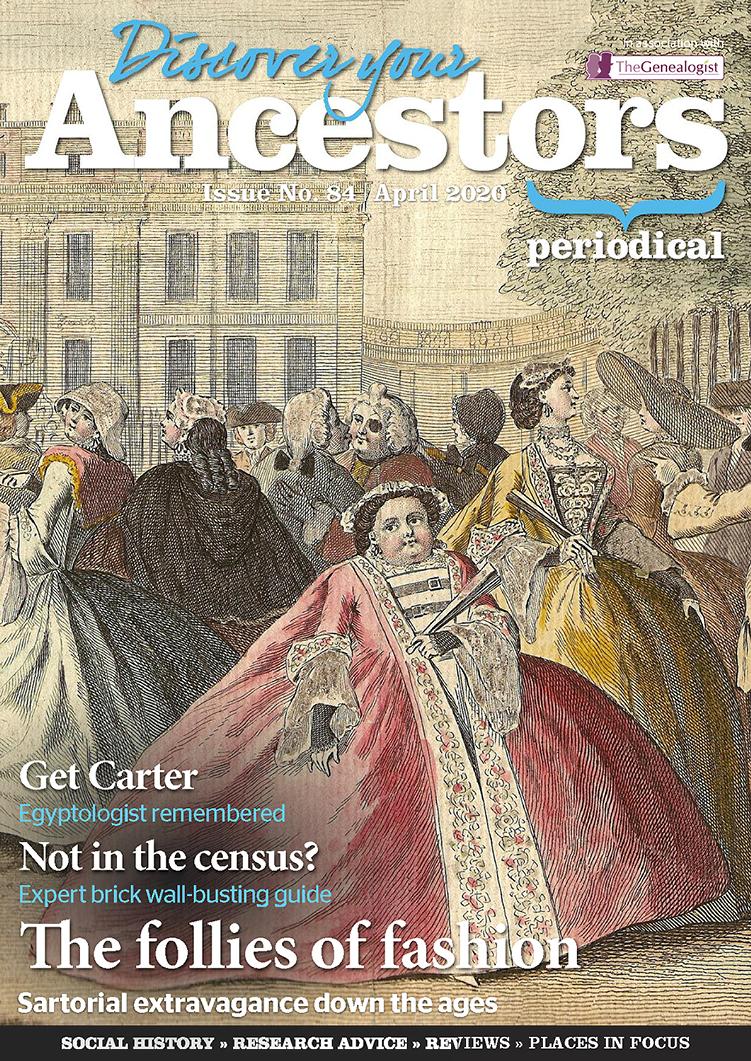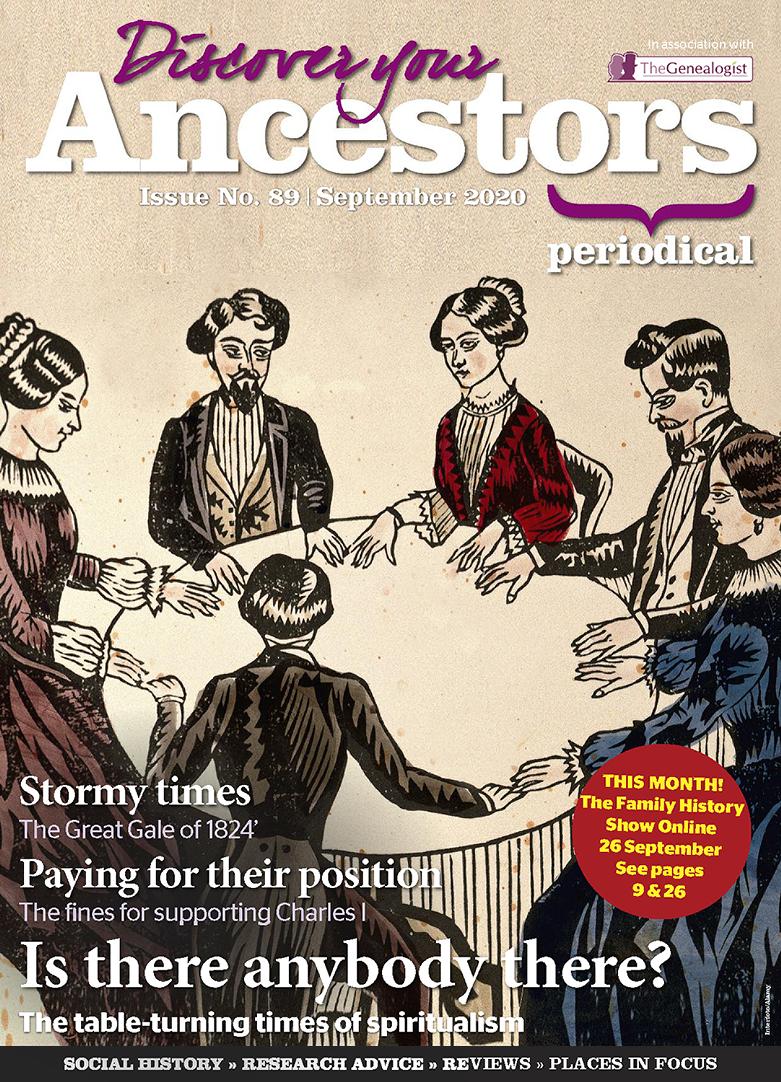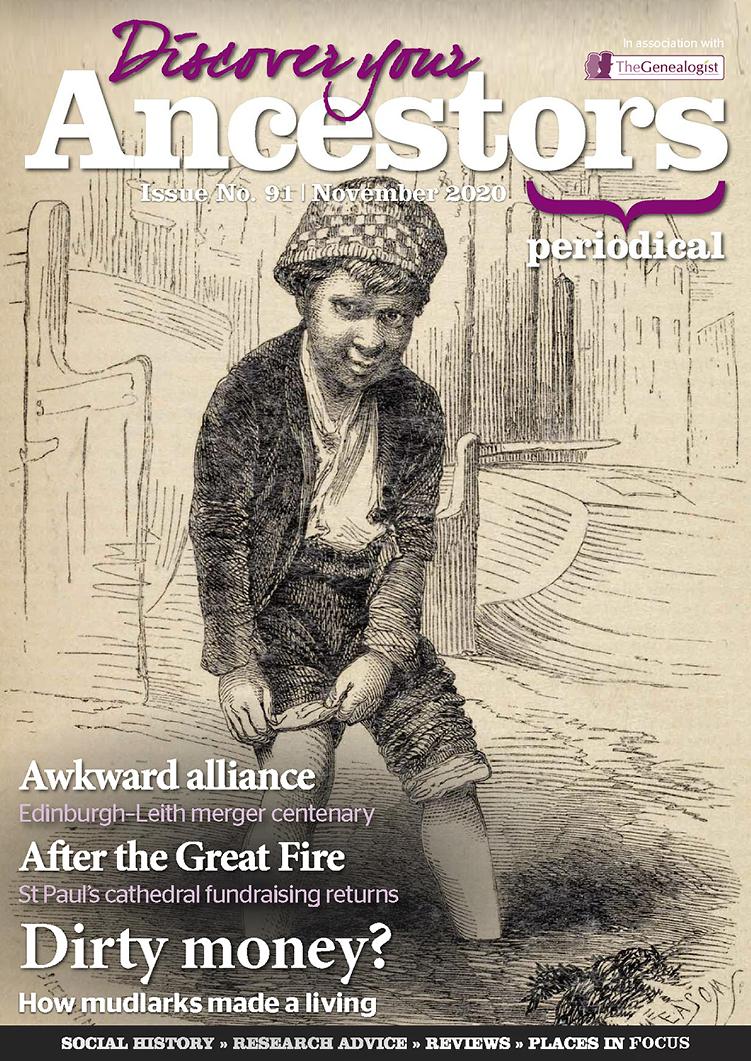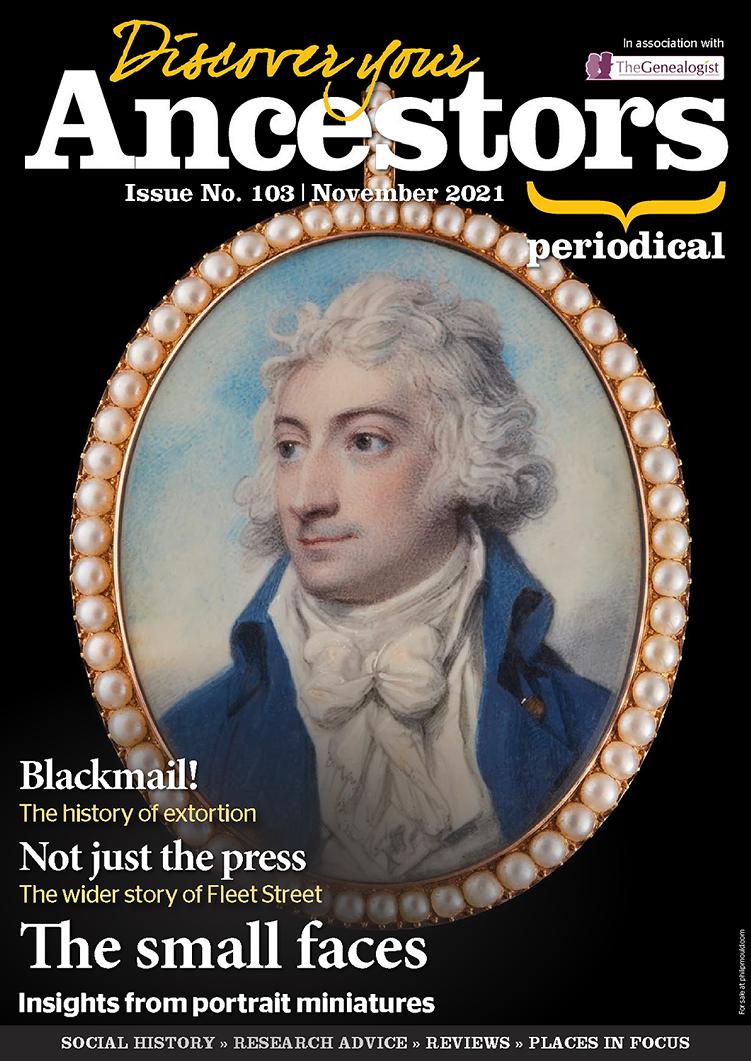Search Results for: “London”
Discover Your Ancestors Periodical - Issue 84 (April 2020)

* Missing from the census: Why were some of your ancestors apparently not enumerated in a census, and what can you do about it? Simon Wills offers some expert advice * Fashion's fools: Jayne Shrimpton looks at some of the stranger and more frivolous trends in fashion down the ages * The sibling suicides: Bloomsbury in London once had an unenviable reputation for suicide. Nell Darby reports * The killing of Sergeant Hately: Stephen Wade tells a tale of danger to law and order at the Alnwick hiring fair * The finder of wonderful things: Nick Thorne discovers the records for the artist's son who discovered a pharaoh * History in the details: Mine workers' dress More Info
Product Code: DYAP084
Discover Your Ancestors Periodical - Issue 89 (September 2020)
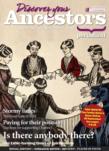
* The near death of a community: Wayne Shepheard looks at the effect of major storms on communities in the past through the example of the Great Gale of 1824 * Was your ancestor a Royalist delinquent? Stuart A. Raymond explains the purpose of Royalist composition papers and how they can help researchers * The soldier, the priest and the count: Nick Thorne looks at one family with three remarkable leaders of men * The tale of a transported felon: Nell Darby investigates the brief crime and long punishment of a London hawker * Is there anybody there? Caroline Roope explores the heyday of spiritualism * History in the details: Shop workers' dress More Info
Product Code: DYAP089
Discover Your Ancestors Periodical - Issue 91 (November 2020)
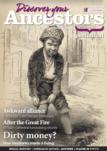
* Inglorious mud: Caroline Roope explores the world of the mudlarks, people driven by poverty to scavenge along urban waterways * Rebuilding after the Great Fire: The response to London's 1666 fire included raising funds from across the country. Stuart A Raymond reveals some interesting records this generated * Listen to family stories... and then do the research: Nick Thorne builds his family story on firm ground using records readily available online * A father's jealousy: A case from Edwardian England illustrates how basic archival records don't always tell the whole story about a marriage. By Nell Darby * A tale of two towns: 100 years on from Leith's merger with Edinburgh, Nicola Lisle tells the story of the uneasy relationship between Scotland's capital city and its nearby port * History in the details: Materials - leather (part 2) More Info
Product Code: DYAP091
Discover Your Ancestors Periodical - Issue 103 (November 2021)
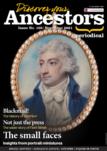
* Lives in miniature: Rachel Bates peeks at the world of Georgian miniatures, which offered personal keepsakes in an era before photography * Life on Fleet Street: This long thoroughfare in the City of London has been a centre of commerce for centuries - but there's more to it than just newspapers... By Nell Darby * A walk through history: The smartphone version of Map Explorer opens up the history all around us. By Nick Thorne * The menace of blackmail: Many people have resorted to blackmail over the years, although it is largely the unsuccessful cases that we know about - but how have blackmailers committed the crime, and why? Nell Darby investigates * Almost a saint? Elizabeth Prout is a relatively unknown Victorian figure who played a key role in educating and helping the poor in Manchester during the mid-19th century. Lorraine Schofield tells her story * History in the details: Materials - linen (part 3) More Info
Product Code: DYAP103
Discover Your Ancestors Periodical - Issue 107 (March 2022)
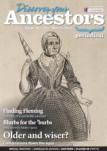
* Our centenarian ancestors: A perhaps surprising number of our 19th century ancestors reached their 90s or even their centuries - and press interest in their age can really help the family historian, as Nell Darby explains * The marvels of Metro-land: Caroline Roope discovers the London commuter suburbs promoted by the expanding Metropolitan Railway in the early 20th century * A welfare pioneer: Sadie McMullon tells the story of Agnes Marshall Loomes, a pivotal figure for infant welfare * Addressing Sir Alexander: Nick Thorne addresses where Sir Alexander Fleming lived - the man who discovered penicillin by chance in Paddington * History in the details: Materials - cotton (part 3) More Info
Product Code: DYAP107
Can't find what you're looking for? Try using our filter system to narrow down your search.
Available through our sister site GenFair
CD 43 General Indexes to Old Ordnance Survey Maps of London

CD 43 General Indexes to Old Ordnance Survey Maps of London (Godfrey Edition). Research in Victorian London very soon gives rise to the question "where is such-and-such a street?". It may be on a modern map, but quite often is not. The re-publication of early Ordnance Survey 1:2500 maps in the reduced scale Godfrey Edition gives the researcher a chance but, even if the street is on the sheet one h...More Info
Atlas of London circa 1908
By J & A Catlyn, published by Cyrene Publications (2003). 20 coloured maps of Central London, with searchable Index to over 7000 streets computer-linked to the maps. An Index to 1000 places of interest in London and 16 maps of the Environs of London. Included is a small eight-page booklet advising on how to make the best use of this CD.
CD 16 EARLY 20th CENTURY LONDON: MAPS, STREET NAMES and SCHOOLS. Nov 2009.

Compiled and indexed by Chris Willis, edited by Sue Turner, 2009. This CD contains the six Board School Maps of London, produced in 1906/7 by the London Schools Authorities. They were based on the 6" Ordnance Survey stock of the time and over printed with boundaries of the areas used in controlling the schools and also with the actual schools. To provide an index into the maps, a Street index (pub...More Info
The End of the Line - the story of the railway service to the Great Northern London Cemetery
King's Cross station was linked to the Great Northern Cemetery by a special train service which took funeral parties from central London to the outskirts where burial space was more readily available. This was a short lived service unlike that in south London. Many of London's institutions made use of the service and records of burials are available from the New Southgate Cemetery.
The London of Charles Dickens Junior, 1879.
published by J & A Catlyn, November 2004. Over 3,300 streets indexed and linked to maps. Covering streets from Hyde Park to Limehouse and Highbury to Battersea Park. Includes many scanned directory pages which give an insight into London life in 1879. Published in a similar style to their previous publication Atlas & Guide of London, c1908, which will allow for easy comparison between the two maps...More Info
